- News
- Reviews
- Bikes
- Components
- Bar tape & grips
- Bottom brackets
- Brake & gear cables
- Brake & STI levers
- Brake pads & spares
- Brakes
- Cassettes & freewheels
- Chains
- Chainsets & chainrings
- Derailleurs - front
- Derailleurs - rear
- Forks
- Gear levers & shifters
- Groupsets
- Handlebars & extensions
- Headsets
- Hubs
- Inner tubes
- Pedals
- Quick releases & skewers
- Saddles
- Seatposts
- Stems
- Wheels
- Tyres
- Tubeless valves
- Accessories
- Accessories - misc
- Computer mounts
- Bags
- Bar ends
- Bike bags & cases
- Bottle cages
- Bottles
- Cameras
- Car racks
- Child seats
- Computers
- Glasses
- GPS units
- Helmets
- Lights - front
- Lights - rear
- Lights - sets
- Locks
- Mirrors
- Mudguards
- Racks
- Pumps & CO2 inflators
- Puncture kits
- Reflectives
- Smart watches
- Stands and racks
- Trailers
- Clothing
- Health, fitness and nutrition
- Tools and workshop
- Miscellaneous
- Buyers Guides
- Features
- Forum
- Recommends
- Podcast
review
£1,999.00
VERDICT:
Very well-specced race machine that's a good value privateer package
Weight:
8,970g
Contact:
At road.cc every product is thoroughly tested for as long as it takes to get a proper insight into how well it works. Our reviewers are experienced cyclists that we trust to be objective. While we strive to ensure that opinions expressed are backed up by facts, reviews are by their nature an informed opinion, not a definitive verdict. We don't intentionally try to break anything (except locks) but we do try to look for weak points in any design. The overall score is not just an average of the other scores: it reflects both a product's function and value – with value determined by how a product compares with items of similar spec, quality, and price.
What the road.cc scores meanGood scores are more common than bad, because fortunately good products are more common than bad.
- Exceptional
- Excellent
- Very Good
- Good
- Quite good
- Average
- Not so good
- Poor
- Bad
- Appalling
Norco's Threshold C is a strong offering if you're looking for a ready-to-race cyclo-cross bike with a bit of versatility. It's a capable off-roader and you can pretty much roll it out of the box and onto the start line. It doesn't quite have the poise of a fully-focused race bike but it's a good all-rounder, with the tyres and gearing range being the only provisos.
Norco claims a sub-1kg weight for the Threshold C frame and our 58cm test bike tips the scales at 8.97kg, which is more or less what you'd expect given the build. There's a matching carbon fork and the bike uses thru-axles front and rear: 15x100mm at the front and 142x12mm at the rear, both well supported in third-party wheelsets.
Find your nearest dealer here
Buy this online here
Norco says the ARC Race Stays are designed with "optimized stiffness-to-compliance ratio to maximize racer comfort without any compromise to pedaling efficiency or power transfer" and the Threshold C uses Norco's proprietary Gizmo cable routing system, which it claims eliminates rattle and keeps water and muck out of the frame.
SRAM Rival 1 takes care of shifting and (hydraulic disc) braking. We've reviewed the groupset separately (read the review here) and Dave Arthur was impressed with the performance, especially as a race groupset. The Norco comes set up with a 42-tooth chainring and an 11-32 cassette, giving it a low gear of 35.4 inches and a range of 290%; that's fine for racing but limiting in other circumstances. More on that in a bit.
Wheels are A-Class rims and hubs and they're tubeless-ready. They're not set up tubeless, coming shod with wire-bead Clement Crusade PDX 700x33 rubber. You can't run them ghetto tubeless by whipping out the inner tube and lobbing some sealant in. We tried, and they don't seal.
Riding: well set up for racing
I took the Threshold C and raced it in full stock build, and it was absolutely fine. Normally I race 'cross on tubeless tyres because that allows you a bit more licence with tyre pressure without the danger of a pinch flat, but on a fast, flat, dry course the Clement tyres were a good choice. As soon as things start to get muddy they struggle, though, and for general riding round the muddy lanes and byways of Bath I swapped out the tyres for tubeless Bontrager CX3s. The rims needed a couple of wraps of insulating tape to seal, but other than that they were easy to set up.
The Threshold's tube lengths and angles are really very similar to the Specialized Crux Elite X1 that we recently tested. And like that bike, the Norco feels more stable than it does nimble at times. Through really tight race corners it tends to run a bit wide, but once you're out in straighter sections you can really wind it up, with great response when you stamp on the pedals.
Riding a stiff carbon-framed bike with small tyres over rough ground isn't ever going to translate into a smooth ride, but the Norco isn't as edgy as some 'cross bikes I've tried, and the 27.2mm diameter seatpost works with the tyres and seatstays to take the sting out of the back end. At the front, you get a good deal more feedback, with a stiff bar and average tape not helping.
One of the main benefits of the X1 drivetrain is that in the mud there's less to get muddy. The front mech is a magnet for mud, grass and detritus in a boggy CX race and the single chainring is a much better option than a double; the thick-thin chainring and clutch mech mean there's no chain slap and no dropped chains either. The Norco backs that up with decent mud clearance around the wheels. The fork is especially generous, but there's plenty of room at the bottom bracket too.
General riding
For more general riding, the main sticking point of the X1 setup, as specced here, is the gear range. An 11-32 cassette gives a 290% range, which is a lot less than a compact double with an 11-28 at the back (424%). That means you'll lose gears at one end, or the other, or in this case, both.
The 42x11 gear is big enough for nearly anything you're likely to do on knobbly tyres, although if you swapped to road rubber you might find yourself spinning it out a bit. The 42x32 low gear is fine for most road use but can be limiting off-road on the steep stuff. You can stand up and grind up a road climb, but on a slippery off-road ascent that's sometimes not an option. I'd have preferred to see the Norco specced with an 11-36 cassette for a bit more range – it wouldn't materially affect race performance and general use would be improved.
>> Which cyclo-cross bike should you buy? Find out here
I have some minor doubts about the stiffness of the fork. It's possible to make the front disc rotor rub in a tight turn, when you're loading up the front of the bike, suggesting that it's twisting a bit. It didn't noticeably affect the handling of the bike; tolerances are tight down there and even a millimetre of deflection could cause some rub. While we're on the subject of tolerances, one that is much too tight is the gap between the disc rotor and the fork leg. There's barely a gap there at all, and if you got a stone stuck in your rotor you'd be gouging lines in your fork leg.
Braking was strong and predictable, as we've come to expect from hydraulic discs. The Norco uses a 140mm rotor at the rear and a 160mm at the front. Smaller rotors don't have as much heat capacity or surface area as bigger ones, but I never cooked either of the brakes, even when I was deliberately trying to. It's possible to make one or the other fade a bit by dragging the brake on a long descent, but not both. The front hose runs externally down the fork leg, which makes it a lot easier to fit and fettle but it's less sightly. The rear hose runs through the frame. I managed to eke some rattle out of the various internal cables in spite of Norco's claims to the contrary, but it wasn't anything too annoying.
The Threshold C has mudguard mounts; I didn't use them in testing and if I'm honest I doubt many people will. If you want a multi-purpose bike and racing isn't too big in your plans then you're better served elsewhere. The Threshold C is more aimed at racing, and as such it represents a very strong proposition.
Compare it with the Specialized Crux Elite and you're getting a bike that's a similar spec and weight for £500 less. It's maybe not quite as refined, but it's still a very good race platform. If you turn up on the start line with this – albeit maybe with a change of tyres – then you're basically out of excuses.
Verdict
Very well-specced race machine that's a good value privateer package
road.cc test report
Make and model: Norco Threshold C Rival 1
Size tested: 58cm
About the bike
State the frame and fork material and method of construction. List the components used to build up the bike.
FRAMESET
FRAME Threshold Mid-Mod Carbon - TA Disc
FORK Threshold Mid-Mod Full Carbon - TA Disc
COMPONENTS
SEAT POST Norco 27.2mm - Black Stealth
SEAT POST CLAMP CNC Alloy - Black
SADDLE Norco Cross Race w/Chromo Rails - Black
SHIFTER CASING Shift Housing w/Sealed End - Black / Lime
HEADSET N/A
HEADSET SPACER 2x10mm Matte UD Carbon / 1x5mm Alloy
TOP CAP Alloy w/Norco Shield Logo - Grey
STEM Norco - Black Stealth
HANDLEBAR Norco Compact - Black Stealth
GRIPS Norco Ultra-Comfort 3mm - Black/Lime
FRONT BRAKE Sram Rival 1 Hydraulic Disc w/160mm Rotor
REAR BRAKE Sram Rival 1 Hydraulic Disc w/140mm Rotor
CHAIN TENSIONER N/A
BRAKE LEVERS Sram Rival 1 Hydraulic Disc
BRAKE CABLE CASING Sram Hydraulic Brake Hose
WHEELS
RIMS A-Class CXD4 - Tubeless Ready Design
TIRES Clement Crusade PDX 700 x 33c
TUBES Presta Valve - 48mm valve
FRONT HUB N/A
REAR HUB A-Class CXD4 Sealed Bearing - 12x142mm
SPOKES/NIPPLES Alex Stainless Black
DRIVETRAIN
SHIFTER FRONT Sram Rival 1 Hydraulic Disc Brake
SHIFTER REAR Sram Rival 1 Hydraulic Disc Brake/11s Shifter
FRONT DERAILLEUR N/A
REAR DERAILLEUR Sram Rival 1 Medium Cage
CASSETTE Sram PG1130 11-32T
CRANKSET Sram Rival 1 42T - Black
BOTTOM BRACKET Sram PressFit30
PEDALS N/A
CHAIN Sram PC1130
Tell us what the bike is for, and who it's aimed at. What do the manufacturers say about it? How does that compare to your own feelings about the bike?
Norco says:
Norco's cyclocross race machine was designed and developed on Canada's Pacific Coast: a region characterized by rugged landscapes and abundant precipitation. The all-new Threshold is a product of our demanding environment and a symbol of Norco's distinctly Canadian take on the cyclocross tradition. Tested on the trails and proven on the racecourse, the Threshold is how Norco does cyclocross
THRESHOLD CARBON KEY BENEFITS
SUB-1000G CARBON FRAME WITH SIZE-SCALED TUBING:
lightweight for easy shouldering, lateral stiffness for maximum power transfer and vertical compliance so riders can stay on the gas all race long.
FULL CARBON FORK WITH 15MM THRU AXLE:
delivers maximum front-end stiffness for enhanced responsiveness and control through rough, rutted terrain.
GIZMO UNIVERSAL CABLE ROUTING SYSTEM:
fully proprietary system prevents cable rattle at entry/exit points and within the frame; keeps water and debris outside the frame where it belongs.
POWER CHASSIS DESIGN WITH 142X12MM REAR THRU AXLE:
oversized head tube junction, down tube, BB shell and chain stays deliver optimal lateral stiffness for maximum pedaling efficiency and power transfer.
ARC RACE STAYS AND 27.2MM SEATPOST:
optimized stiffness-to-compliance ratio to maximize racer comfort without any compromise to pedaling efficiency or power transfer.
Frame and fork
Overall rating for frame and fork
8/10
Tell us about the build quality and finish of the frame and fork?
Very tidy.
Tell us about the materials used in the frame and fork?
Threshold Mid-Mod Carbon.
Tell us about the geometry of the frame and fork?
See https://www.norco.com/bikes/road/cyclocross/threshold-carbon/threshold-c... for full geometry chart.
How was the bike in terms of height and reach? How did it compare to other bikes of the same stated size?
Pretty standard CX geometry.
Riding the bike
Was the bike comfortable to ride? Tell us how you felt about the ride quality.
Responsive and not over-harsh.
Did the bike feel stiff in the right places? Did any part of the bike feel too stiff or too flexible?
Plenty of stiffness for power transfer. Some minor issues with fork stiffness.
How did the bike transfer power? Did it feel efficient?
Very efficient.
Was there any toe-clip overlap with the front wheel? If so, was it a problem?
No issues.
How would you describe the steering? Was it lively, neutral or unresponsive? Neutral
Tell us some more about the handling. How did the bike feel overall? Did it do particular things well or badly?
Stable and predictable, not super-quick in tight stuff.
Which components had the most effect (good or bad) on the bike's comfort? would you recommend any changes?
Bar and bar tape are average.
Rate the bike for efficiency of power transfer:
9/10
Rate the bike for acceleration:
7/10
Rate the bike for sprinting:
6/10
Rate the bike for high speed stability:
8/10
Rate the bike for cruising speed stability:
9/10
Rate the bike for low speed stability:
8/10
Rate the bike for flat cornering:
8/10
Rate the bike for cornering on descents:
8/10
Rate the bike for climbing:
7/10
The drivetrain
Rate the drivetrain for performance:
9/10
Rate the drivetrain for durability:
9/10
Rate the drivetrain for weight:
8/10
Rate the drivetrain for value:
8/10
Wheels and tyres
Rate the wheels and tyres for performance:
8/10
Rate the wheels and tyres for durability:
8/10
Rate the wheels and tyres for weight:
7/10
Rate the wheels and tyres for comfort:
7/10
Rate the wheels and tyres for value:
7/10
Controls
Rate the controls for performance:
7/10
Rate the controls for durability:
9/10
Rate the controls for weight:
7/10
Rate the controls for comfort:
6/10
Rate the controls for value:
7/10
Your summary
Did you enjoy riding the bike? Yes
Would you consider buying the bike? Maybe as a dedicated race machine.
Would you recommend the bike to a friend? Yes
Rate the bike overall for performance:
8/10
Rate the bike overall for value:
8/10
Use this box to explain your score
Very good performance overall, some minor issues. Good build for the money.
About the tester
Age: 43 Height: 189cm Weight: 92kg
I usually ride: whatever I'm testing... My best bike is: Kinesis Tripster ATR, Kinesis Aithein
I've been riding for: Over 20 years I ride: Every day I would class myself as: Experienced
I regularly do the following types of riding: road racing, time trialling, cyclo-cross, commuting, club rides, sportives, general fitness riding, fixed/singlespeed, mountain biking, Mountain Bike Bog Snorkelling, track
Dave is a founding father of road.cc, having previously worked on Cycling Plus and What Mountain Bike magazines back in the day. He also writes about e-bikes for our sister publication ebiketips. He's won three mountain bike bog snorkelling World Championships, and races at the back of the third cats.
Latest Comments
- Destroyer666 3 hours 28 min ago
Anodizing the aluminium is also for corrosion resistance and therefore enhances the longevity of the rims while this is not really a case for...
- bobbinogs 4 hours 42 min ago
Wheelsmith has always been very good for me. Malcolm was always very opinionated so I got bored with him telling me I should be riding tubeless,...
- Terry Hutt 5 hours 1 min ago
I assume you can carry an e-bike battery on the tube if you leave the bike at home. ...
- chrisonabike 6 hours 3 min ago
I love it - it's a roundabout with a sculpture of a roundabout on its desk!
- cmedred 6 hours 4 min ago
From the position of the cyclist when the video starts and the position of the bike later, it looks highly unlikely that the cyclist went "into the...
- Rendel Harris 6 hours 10 min ago
To rhyme with design. I wondered this myself so looked it up a while ago, according to the founder Micki Kozuschek he and his team had a few...
- Rendel Harris 7 hours 4 min ago
It's not being pedantic at all, careless driving is successfully prosecuted (and I have been in court more than once when a driver has been...
- HLaB 7 hours 27 min ago
It's hopefully an urban myth but I heard it was designed that way on purpose, so the cyclepath captured any flooding and the busway would remain clear
- mdavidford 7 hours 30 min ago
I should imagine eating chopsticks anywhere could be potentially rather perilous.
- Rendel Harris 7 hours 48 min ago
When The Badger stopped for protesters (albeit dockworkers rather than farmers) it was their stress gauges rather than his that would have been...






























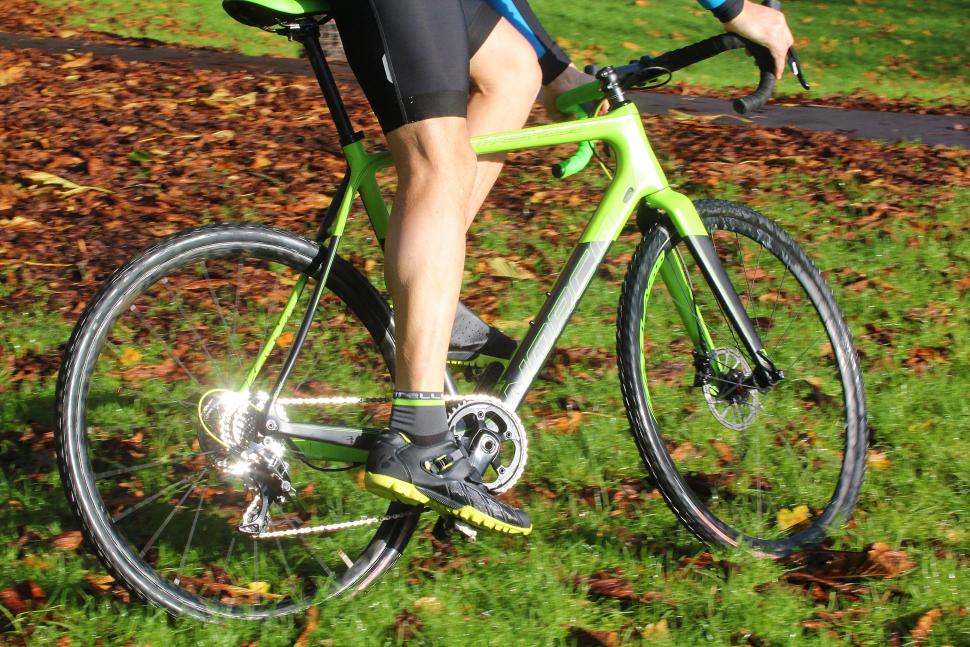

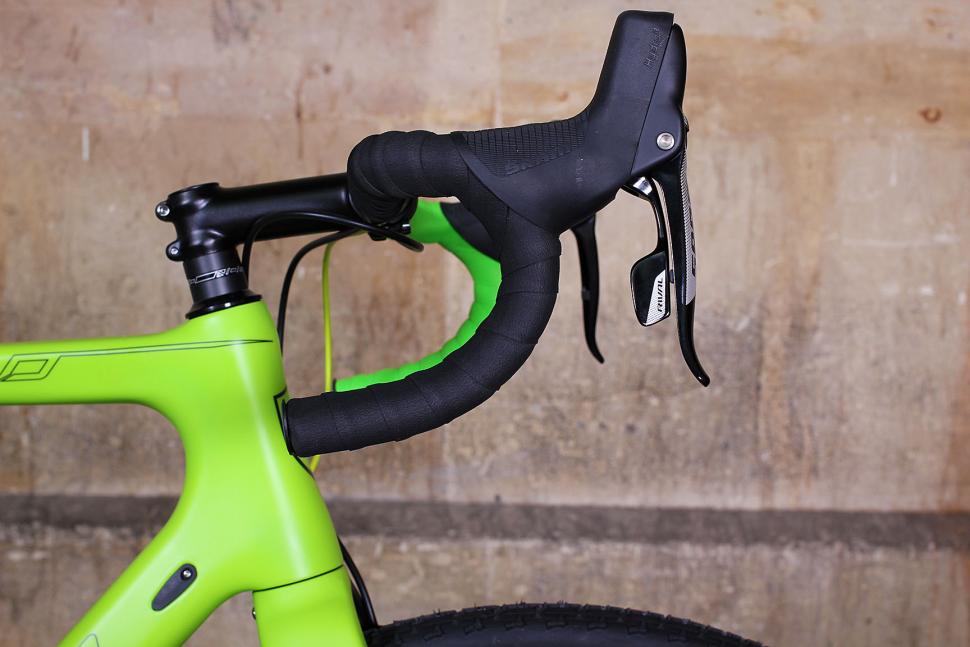
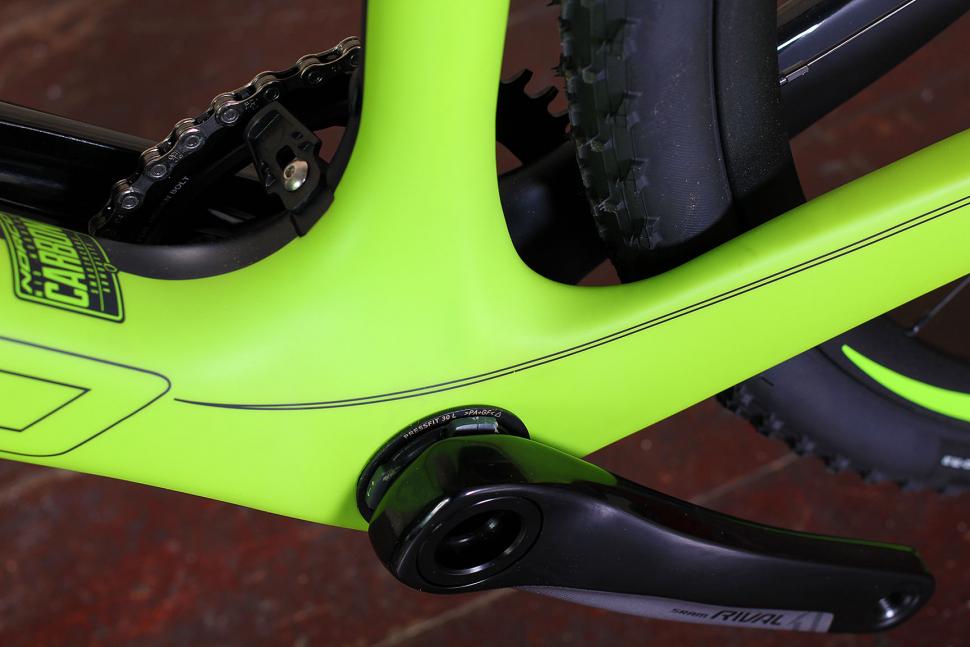
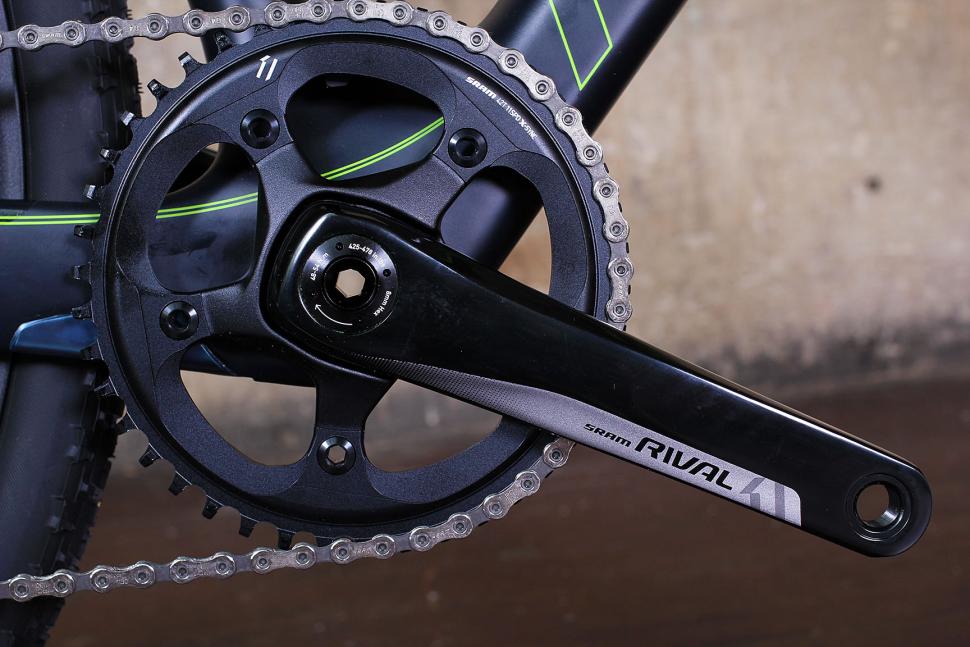
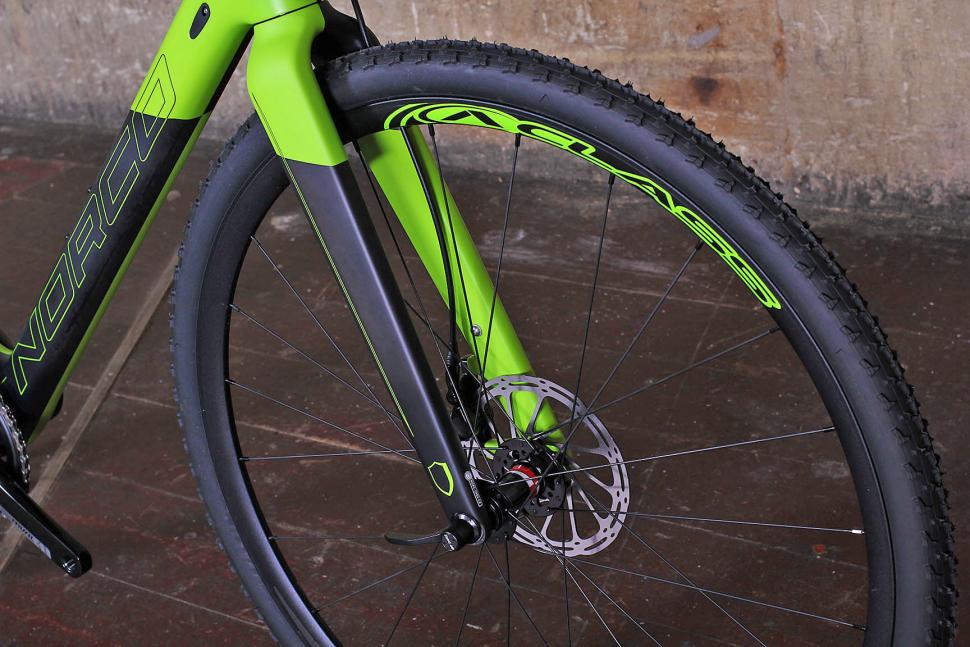
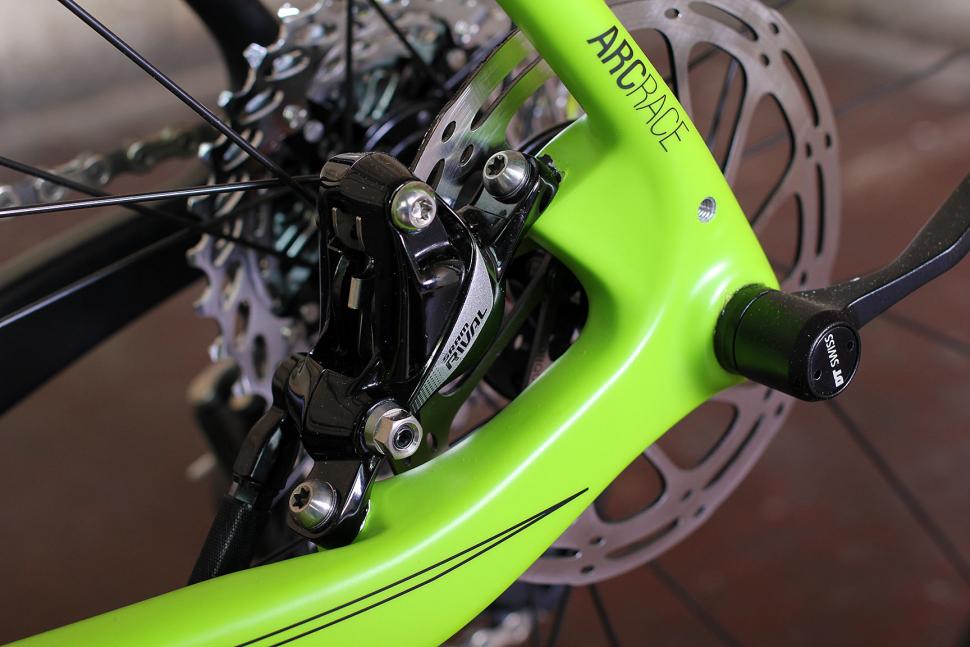

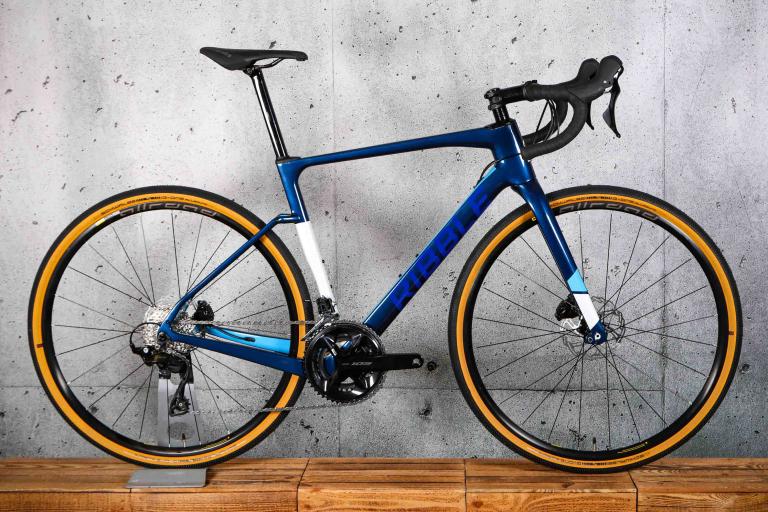
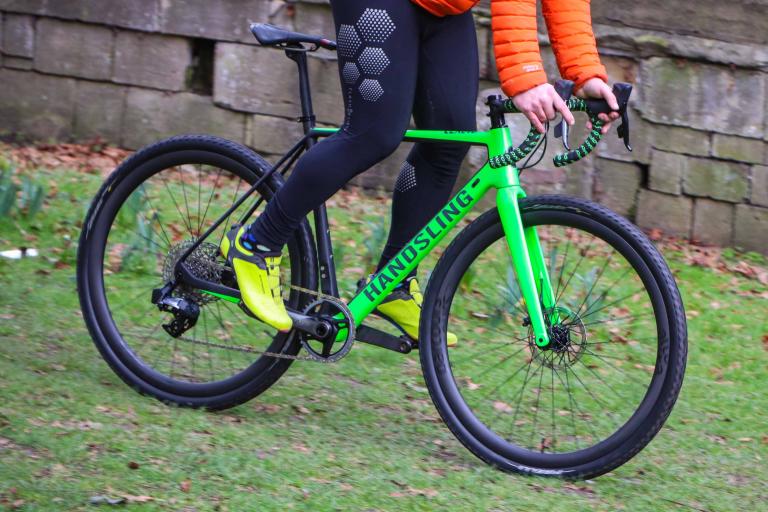

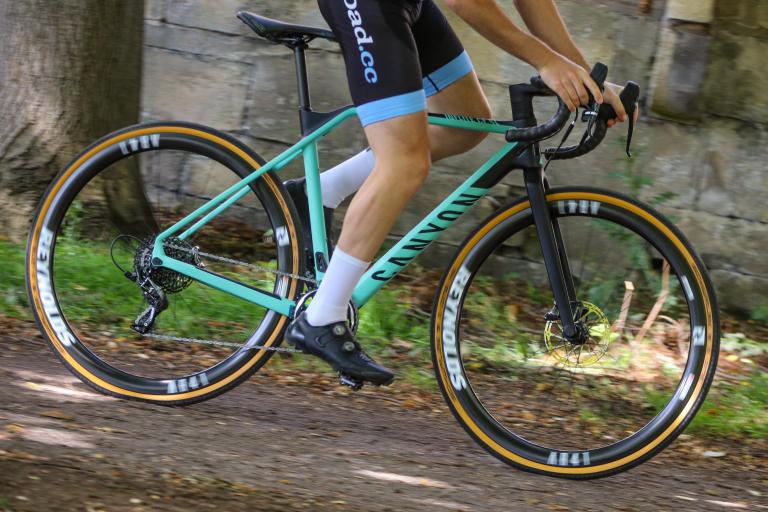
Add new comment
5 comments
Looks like it uses post mount... If someone got this bike would the braking system be obsolete within a couple years as flat mount spreads? Or will there remain a use for post / I.S --> post calipers on bikes that aren't out and out road racers?
I'm surprised you say that the PDX tyres struggle when it gets muddy as they are marketed as a full on mud tyre. I use them when things get very claggy and I find them good in mud, perhaps it depends what pressures you use? I weigh about 11.5 stone and run them at approx 28 psi with standard wide butyl inners.
The Norco looks a nice machine.
I'm a fair bit heavier and tend to like something more aggressive in the mud, so that might explain it. I need to run the tyres a bit harder than that too, or I pinch flat them
I'd say great reviews on the winter bikes in general.
Really good review - wish some of the road bike reviews in the summer extract as much data from their testing. Seems like the application in race conditions has shown up some key points that will help buyers decide for/against